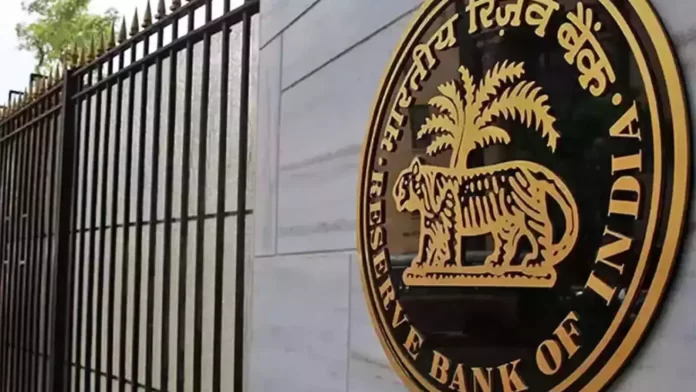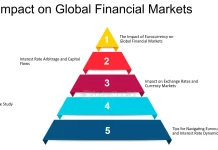An extra provisioning of 0.5% to 3% of banks’ net worth is anticipated as a result of the Reserve Bank of India’s (RBI) proposed guidelines to restrict project financing, which have recommended an increased standard asset provisioning of up to 5% on loans.
The RBI published a draft guideline for lenders engaging in project financing last week. The framework suggested maintaining a general provision of 5% of the financed outstanding on all new and existing exposures on a portfolio basis, as well as tightening monitoring and restructuring criteria. For project financing, the current standard asset provisioning is 0.4%.
In a research, IIFL Securities stated, “We estimate additional provisioning requirements to be 0.5-3 per cent of banks’ net worth and hurt CET1 (Common Equity Tier 1) ratio by 7-30 basis points (bps).”
A bank’s core equity capital is measured by the CET 1 ratio and contrasted with its risk-weighted assets. It demonstrates a bank’s resilience to monetary strain. One tenth of a percentage point is equal to one basis point.
Project finance is the term for a funding strategy where the lender focuses largely on the income from a specific project as a guarantee of repayment and as a source of capital. Large, intricate, and costly constructions like power plants, chemical processing facilities, mines, transportation infrastructure, environmental projects, telecoms, etc. are typically the targets of this kind of funding.
If implemented in its current form, a large rise in the provisioning need will diminish incremental appetite for such exposures and lower returns for lenders in project finance, according to a report by JM Financial. According to the proposed rules, the 5% provisions can be lowered to 2.5% of the funded outstanding once the project enters the operational phase. If the project has a positive net operating cash flow that is sufficient to cover its current repayment obligations to all lenders and its total long-term debt with the lenders has declined by at least 20% from its outstanding amount at the time of achieving DCCO, it can be further reduced to 1% of the funded outstanding.
The project is anticipated to be put to commercial use on the DCCO (Date of Commencement of Commercial Operations) date, at which point the concessionaire will get a completion certificate or provisional completion certificate.
Extra provisions for non-banking financing firms (NBFCs) will go towards the impairment reserve rather than the profit and loss (P&L) column. Thus, RoE (return on equity) won’t be impacted by NBFCs, according to IIFL Securities.
According to the report, NBFCs that concentrate on infrastructure, such REC Ltd, Power Finance Corporation (PFC), and IREDA (Indian Renewable Energy Development Agency Limited), may experience a 200–300bps decline in their capital ratio. Due to the NBFCs’ projected 8–13% decrease in adjusted net value, their valuation may also be affected.
The share prices of PFC, IREDA, and REC Ltd. fell by 4.36%, 7.35%, and 8.93% on Monday, respectively. On the BSE, even the shares of Punjab National Bank (PNB) fell 6.41 percent, Canara Bank fell 5.42 percent, Bank of Baroda crashed 3.71%, and Union Bank of India fell 3.12%. State Bank of India’s and Bank of India’s stocks fell 2.86 and 2.57%, respectively.
It is anticipated that Profit After Tax (PAT) will not be significantly impacted, although Net Worth and the Capital Adequacy Ratio (CRAR) might experience slight changes. However, any marginal impact can be accommodated in accordance with our present healthy CRAR (capital to risk (weighted) assets ratio) levels, according to Pradip Kumar Das, Chairman & Managing Director of IREDA.
According to the proposed guidelines, no single lender may have exposure to a project that is less than 10% of the total exposure in consortium-financed projects where the member lenders’ combined exposure to the project is up to Rs 1,500 crore. This individual exposure floor will be five percent or Rs 150 crore, whichever is higher, for projects where the total exposure of lenders exceeds Rs 1,500 crore.





























